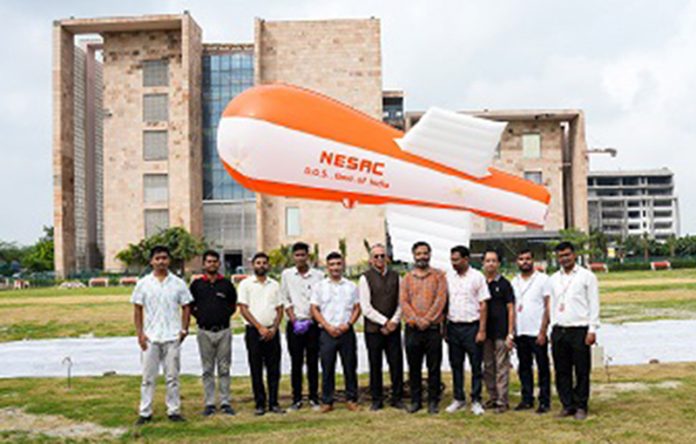
Excelsior Correspondent
JAMMU, Sept 27: To undertake a crucial study aimed at understanding pollution episodes in the Delhi-NCR region, Galgotias University today joined hands with the CSIR-National Physical Laboratory (NPL), here today.
The research, titled “Development of Scientific Insights about Pollution Episodes in Delhi-NCR based on Tethered Balloon and Drone Platform,” started in September.
This joint effort will utilize cutting-edge technologies such as tethered balloons and drones to study particulate matter and meteorological parameters at varying altitudes.
Speaking on the occasion, Dr. Dhruv Galgotia, CEO of Galgotias University, expressed pride in the university’s involvement in this pivotal research project, addressing a critical issue for Delhi-NCR.
He emphasized that Galgotias University’s commitment to academic excellence and social responsibility drives its participation in this study, aimed at uncovering sustainable solutions for environmental and public health challenges.
“The insights gained will not only help mitigate the harmful effects of pollution but also contribute to creating a healthier, more sustainable future for the region,” he said.
The main objective of the study is to provide in-situ observations of the physicochemical characteristics of particulate matter at different altitudes, alongside meteorological data.
The findings will play a key role in understanding pollution formation processes, especially the haze episodes that commonly affect the region within the Atmospheric Boundary Layer (ABL).
Under the project, experiments will be conducted at three key locations across the Delhi-NCR region, including at Maharshi Dayanand University, Rohtak, Haryana, Galgotias University, Greater Noida, Uttar Pradesh and CSIR National Physical Laboratory, New Delhi.
The experiment will use a tethered balloon (Kytoon, approximately 10 m³) and a drone to collect data at altitudes between 400-800 meters, depending on feasibility. The payload will include advanced instruments like a low-volume particulate matter sampler, volatile organic compounds sampler, microbial culture plates and a radiosonde to gather comprehensive atmospheric data.
These tools will help collect data on particulate matter and volatile compounds while also observing microbial activity at various atmospheric layers. The findings will be pivotal in shaping strategies for reducing haze episodes and understanding the potential health risks associated with air pollution in the region.



